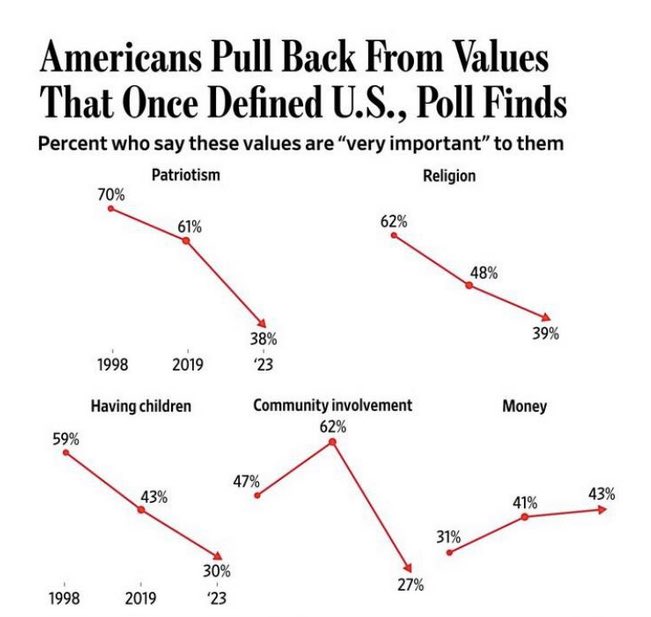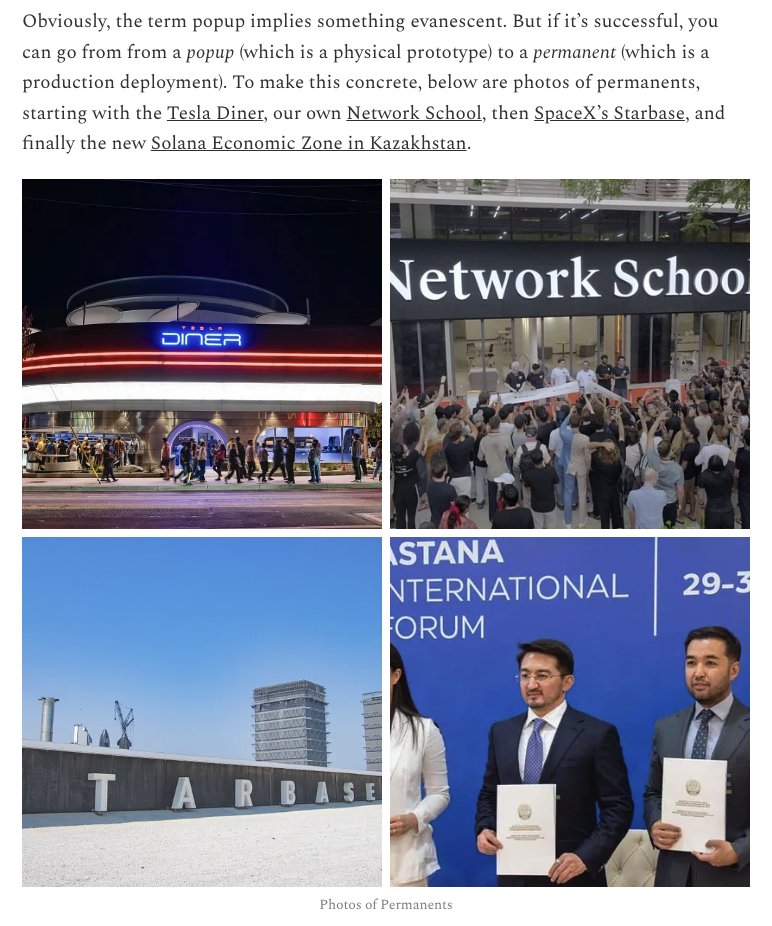What's next for AI? Perhaps specific physics intelligence, not general AI.
The following is a draft of a paper.
(1) First, AI is now entering the trough of its hype cycle. Every technology, no matter how amazing, goes through this. In fact, once the market space starts to shrink, it's one of the best times to invest and build.
(2) Second, AI is both incredibly useful for search, summarization, visualization, and prototyping, and it's also a deeply annoying source of spam, scams, and junk information. Too many people focus on its shortcomings.
(3) Third, the exact plateau of AI is quite unexpected. The current model seems to have peaked at "far exceeding expectations for web search and summarization," which is not what most people expected in 2022. Disrupting Google was a historic achievement, but it's not machine god.
(4) One argument for why the model has stagnated in this way is that LLM-style numerical AI is really just repeating, not really thinking. It's downstream, not upstream. Now, you can use it to go much further than most people think. But you can’t get all the way to novel ideas.
(5) This brings up another point: as I said before, digital AI is from the middle to the middle, not end to end. Because the bottleneck of digital AI is prompting and verification.
(6) However, *physical* AI—in terms of robot navigation—can *reliably* be end to end, although it requires a lot of effort on edge cases. For example, self-driving cars can actually get you from point A to point B right now. They are end to end.
(7) So, the extremely well-defined and economically valuable physical world problems like “drive from point A to point B” are where we should see the biggest advances in AI. This is what you could call physical-specific intelligence.
(8) Especially Chinese robots, they will be able to do one task after another, and they will come in many different forms, not just cars or humanoid robots. In China, sidewalk robots and delivery drones and self-driving cars are already in use. Their hardware is accelerating.
(9) One reason to favor specific physical intelligence over general artificial intelligence in the short term is that the physical world is real, while the digital world can be imaginary. @drfeifei makes a related point, namely that the textbook concept of simultaneous localization and mapping (SLAM) is actually an explicit model of the physical world, which we all know is lacking in the digital realm. (10) Specifically, if there are N different robots all doing SLAM (or equivalent) and uploading their sensor data to a central database, then in a sense they are all learning from the same physical world and from each other. The millions of miles of training for self-driving cars demonstrate the effectiveness of this strategy. (11) Contrast this with the digital world. Text can be fake, it can be imaginary, and it is. This is even more true as AI text permeates the web. (12) Thus, N robots perceiving the physical world will converge on a consensus reality. A Unitree robot and a Tesla robot will perceive the same object. In contrast, N agents in the digital world are just constantly fed text and images, which can and will inevitably be inconsistent. (13) Without digital signatures, online data used for AI training can not only be internally inconsistent but also falsified in subtle or profound ways. In fact, widespread AI models ensure that a large amount of digital data (outside of strict digital boundaries) can become spurious, chaotic, or otherwise render AI agents unable to communicate with each other.
(14) Algorithmic breakthroughs may eliminate everything I have just said. But at least for now, the field of specific physical intelligence seems bright.
(15) The industrial version of specific physical intelligence is factory robots. The consumer version is a paradise of smart things: robot cars, robot dogs, drones, refrigerators, and so on, which can talk to you and understand you. Amazon Alexa, but for everything.





